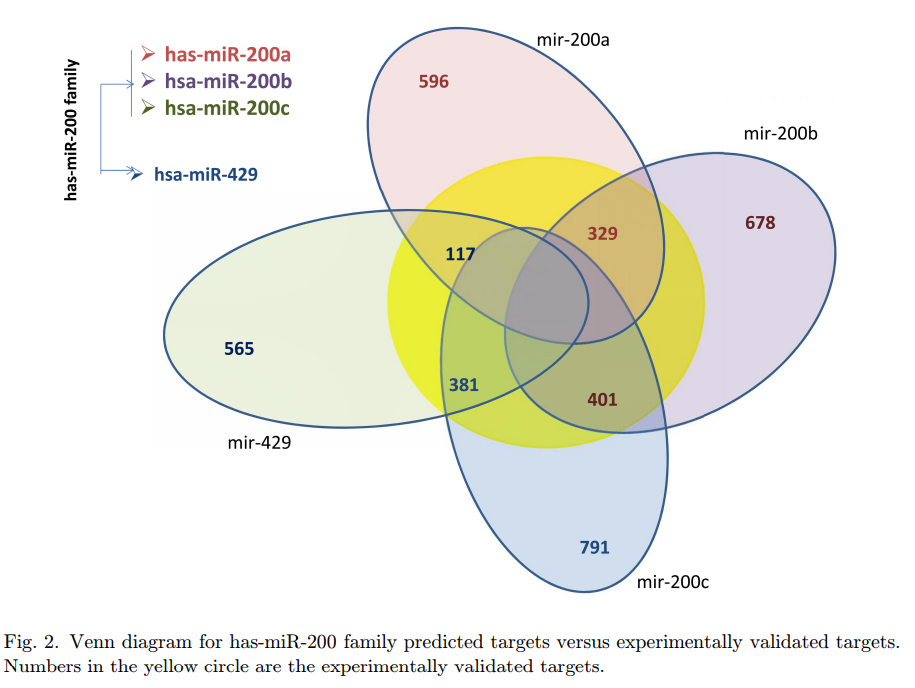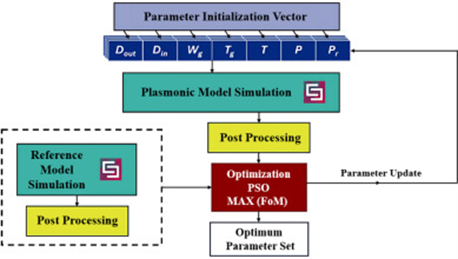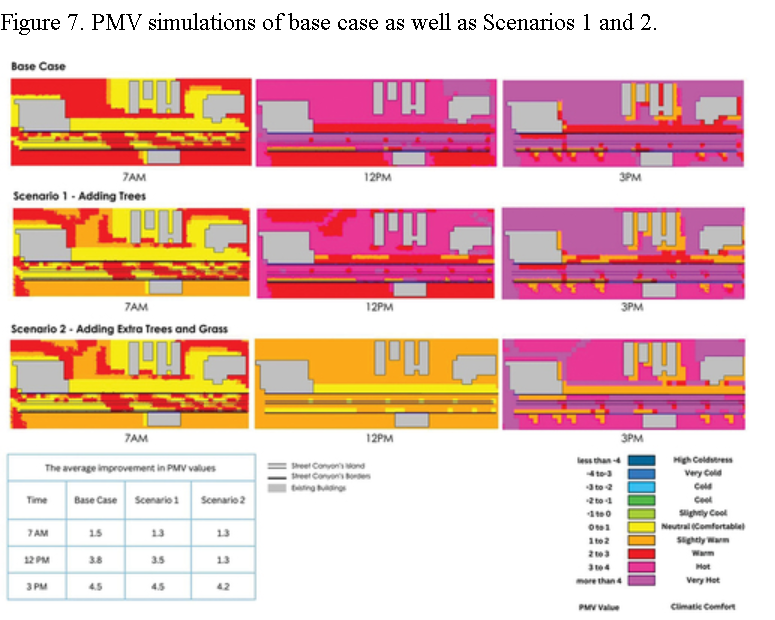

MicroTarget: MicroRNA target gene prediction approach with application to breast cancer
MicroRNAs are known to play an essential role in gene regulation in plants and animals. The standard method for understanding microRNA-gene interactions is randomized controlled perturbation experiments. These experiments are costly and time consuming. Therefore, use of computational methods is essential. Currently, several computational methods have been developed to discover microRNA target genes. However, these methods have limitations based on the features that are used for prediction. The commonly used features are complementarity to the seed region of the microRNA, site accessibility, and evolutionary conservation. Unfortunately, not all microRNA target sites are conserved or adhere to exact seed complementary, and relying on site accessibility does not guarantee that the interaction exists. Moreover, the study of regulatory interactions composed of the same tissue expression data for microRNAs and mRNAs is necessary to understand the specificity of regulation and function. We developed MicroTarget to predict a microRNA-gene regulatory network using heterogeneous data sources, especially gene and microRNA expression data. First, MicroTarget employs expression data to learn a candidate target set for each microRNA. Then, it uses sequence data to provide evidence of direct interactions. MicroTarget scores and ranks the predicted targets based on a set of features. The predicted targets overlap with many of the experimentally validated ones. Our results indicate that using expression data in target prediction is more accurate in terms of specificity and sensitivity. Available at: https://bioinformatics.cs.vt.edu/~htorkey/microTarget. © 2017 World Scientific Publishing Europe Ltd.



